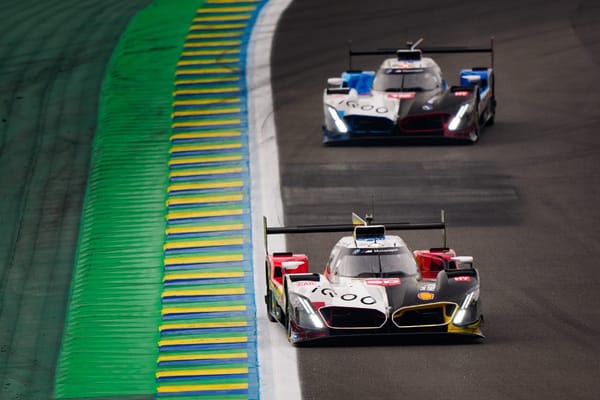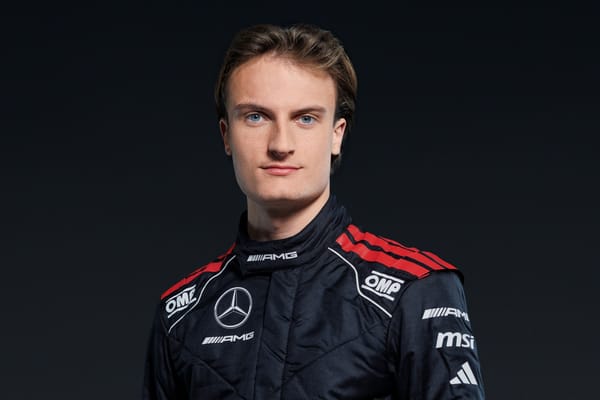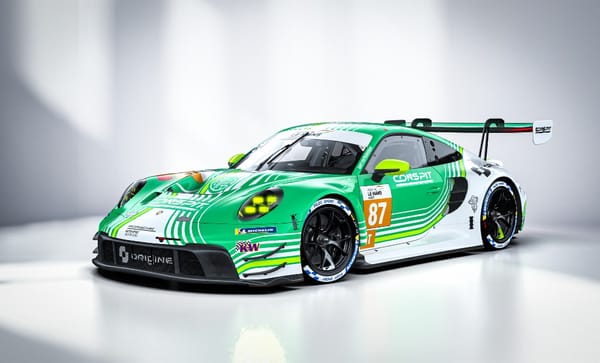Balance of Performance - A Primer
The Art of Balance of Performance in Sportscar Racing
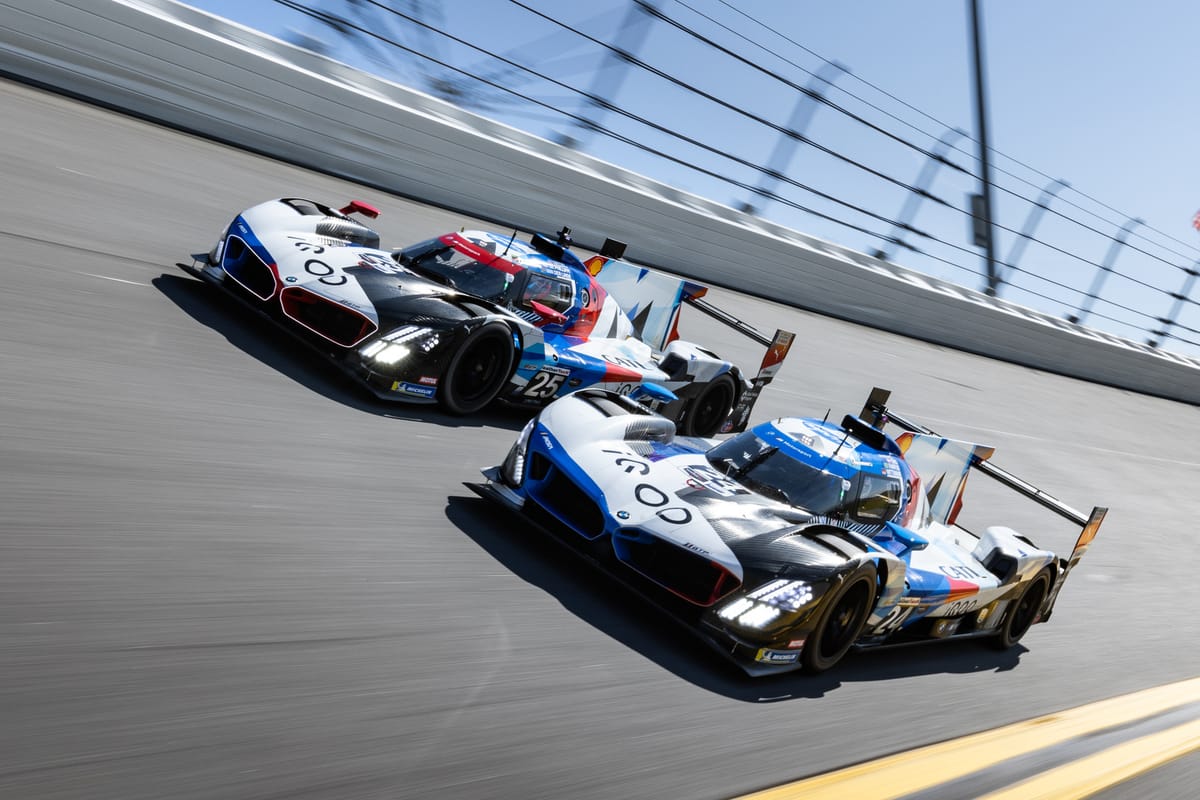
Sportscar racing, with its diverse range of manufacturers and vehicle models, faces the unique challenge of ensuring fair competition. The Balance of Performance (BoP) rules are instrumental in maintaining this fairness, fostering competitive racing for teams, drivers, and fans.

The Essence of Balance of Performance
BoP is a regulatory tool used in racing series to create parity among competing vehicles. Its goal is to negate the advantages of cars with varying design and performance specifications. This regulation is vital in sportscar racing, where a wide array of car types compete together.
Weight Adjustments
Adjusting the weight of cars is a primary method to balance performance. Adding weight reduces speed and acceleration while removing weight helps slower cars compete more effectively.
Air Restrictors
These limit the amount of air entering the engine, thereby controlling the car's power output. Adjusting restrictor sizes is a common BoP tactic.
Fuel Capacity and Refueling Rates
Modifying these parameters can balance a car’s speed advantage by affecting its pit-stop strategy.
Aerodynamic Tweaks
Changes to aerodynamics, like adjusting rear wing sizes, can influence a car’s downforce and drag.
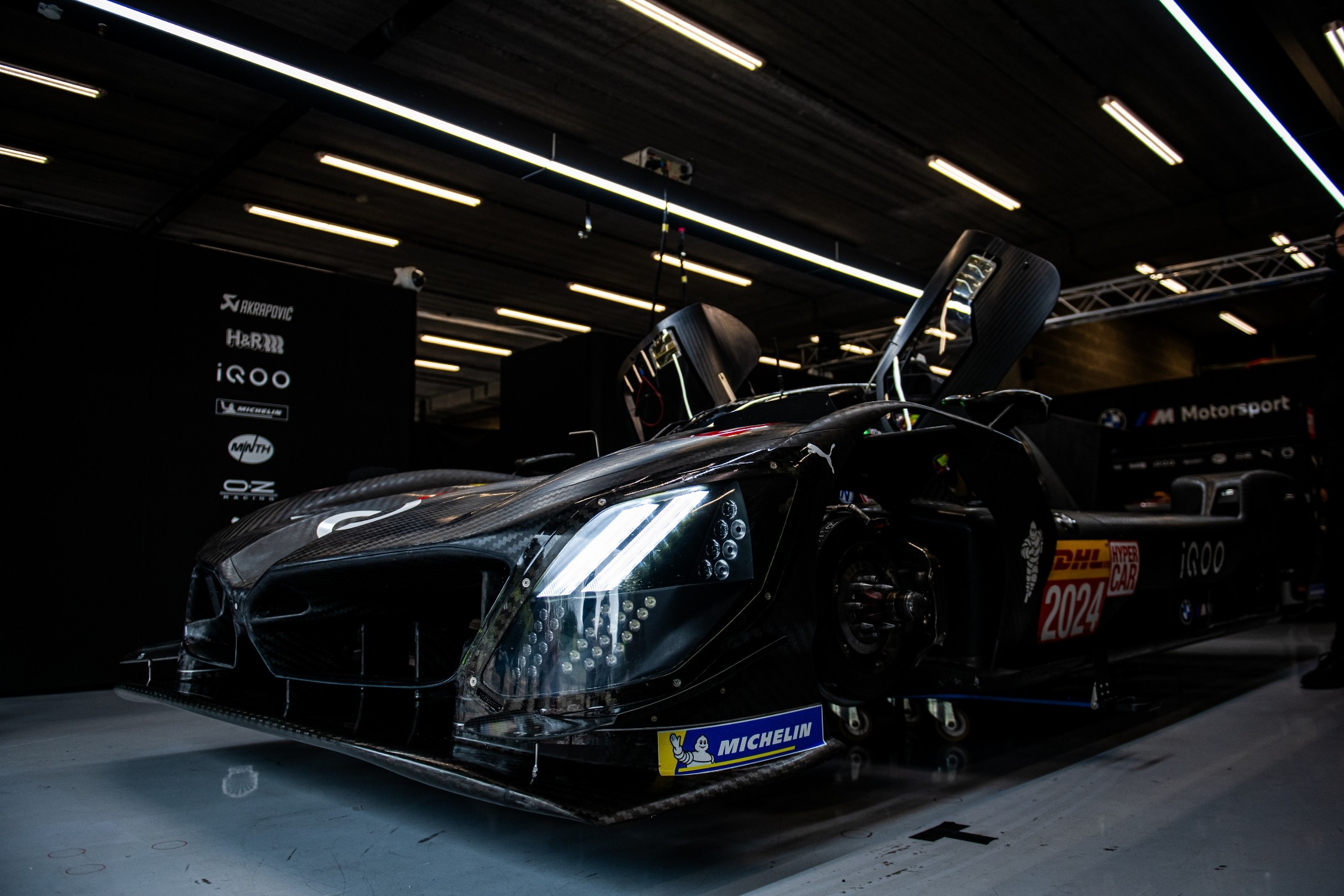
The Physics Behind Vehicle Performance
Understanding the physics of vehicle performance provides deeper insights into the BoP's effectiveness.
Newton's Second Law and Racing
Vehicle dynamics around a circuit can be analysed using Newton's Second Law, F = ma, and motion equations. Breaking down the vehicle’s motion into smaller intervals allows for an assessment of changes in velocity and acceleration.
Longitudinal and Lateral Acceleration
The propulsion from the vehicle’s power unit and the counteracting resistive forces like friction and aerodynamic drag determine the longitudinal acceleration. In cornering, the balance between lateral force from the tyres and the vehicle’s inertia is crucial.
Combined Forces and Tyre Dynamics
A tyre's capability to withstand combined lateral and longitudinal forces, represented by the friction ellipse, is a critical factor in determining a vehicle's acceleration limits.
BoP as a Physics Problem
BoP is essentially a physics problem, focusing on manipulating a vehicle's ability to generate forces, which determines its acceleration capabilities.

Challenges and Strategic Impact of BoP
Implementing BoP is complex, often leading to controversies regarding fairness and accuracy. It requires a delicate balance between maximizing performance and adhering to regulations, adding a strategic layer to sportscar racing.
Conclusion
The Balance of Performance is an essential element of sportscar racing, ensuring competitiveness in a field marked by diversity. While it presents challenges and controversies, BoP guarantees close racing, making the sport more appealing to all involved. As automotive technology evolves, so will BoP methods, ensuring the ongoing excitement and vitality of sportscar racing.


